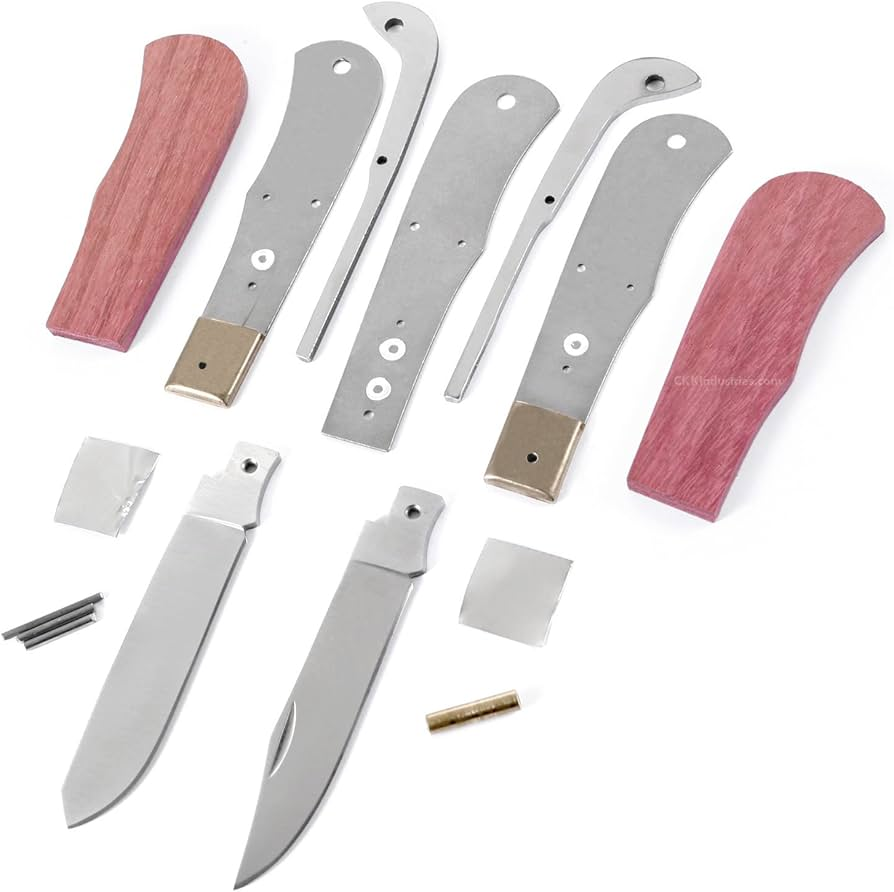History , types and legacy of a traditional tool
The ratchet knife is one of the most emblematic tools in Spanish folk history, especially in regions such as Andalusia, Castile, La Mancha, and the Levante region.
Its name comes from the distinctive "crack-crack" sound it makes when opened, due to the toothed system of its mechanism. This locking system was highly prized, both for its effectiveness and for its audible and distinctive ability to intimidate opponents.
Emerging during the 18th and 19th centuries as an alternative to the use of swords—prohibited for civilians in many kingdoms—the ratchet knife became a symbol of local identity, a practical resource for shepherds, farmers, merchants, and travelers, and in some cases, a weapon of personal defense.
Spanish oral tradition and popular culture have immortalized it, from ballads to legends of bandits.
Types of ratchet knives and their uses
Over the years, Spanish ratchet knives evolved in shape, size, and function.
Below we describe the main types, all with a marked functional and cultural value.

Albacete knife
Originally from Albacete, it is recognized for its curved blade and handle decorated with antler, bone, or fine wood.
Highly valued for its craftsmanship, it was used for both rural tasks and defense.

Sevillian pocketknife
Long and slender, with a brass or tortoiseshell handle.
Traditionally associated with bullfighters, gypsies, and Andalusian bandits, it was both a status symbol and a useful tool.

Lever-action switchblade
This knife is known for its robustness and ease of use.
The spring system secured the blade and allowed for safe use in field work.
Fan knife (or double ratchet)

With a more complex design, it produced a prolonged sound when opened.
Its fame is due to the psychological effect of that characteristic sound, and it was common in the 19th century.

Castrator's knife
Smaller, traditionally used by rural veterinarians for specific tasks.
Its short, precise blade made it ideal for detailed work.
In addition, there were personalized variants, adapted to the user's profession: tobacco cutters, leather craftsmen, and even smugglers.
Maintenance and care
To keep an antique ratchet knife —or not—in good condition, maintenance is essential, and can be divided into four key aspects.
Cleaning
After each use, the blade should be cleaned with a dry cloth to prevent rust.
Lubrication of the mechanism
Applying mineral oil to the opening shaft ensures smooth operation and protects the toothed system.
Sharp
It is recommended to use a fine grit stone to maintain the edge without damaging the blade.
Storage
Store in a dry and ventilated place, preferably in a leather case.
These precautions prolong the useful life and preserve the historical value of the object.

The ratchet knife is not just a tool: it is a living part of Spain's history, a reflection of its popular culture, artisanal ingenuity, and the evolution of legislation and everyday life.
Today, both collectors and artisans keep this tradition alive, caring for and crafting unique pieces using inherited techniques.
Far from being an obsolete object, it represents a way of understanding the past from the present.
Don't forget to check out our store , where you can discover our collection of Pocket Knives .









